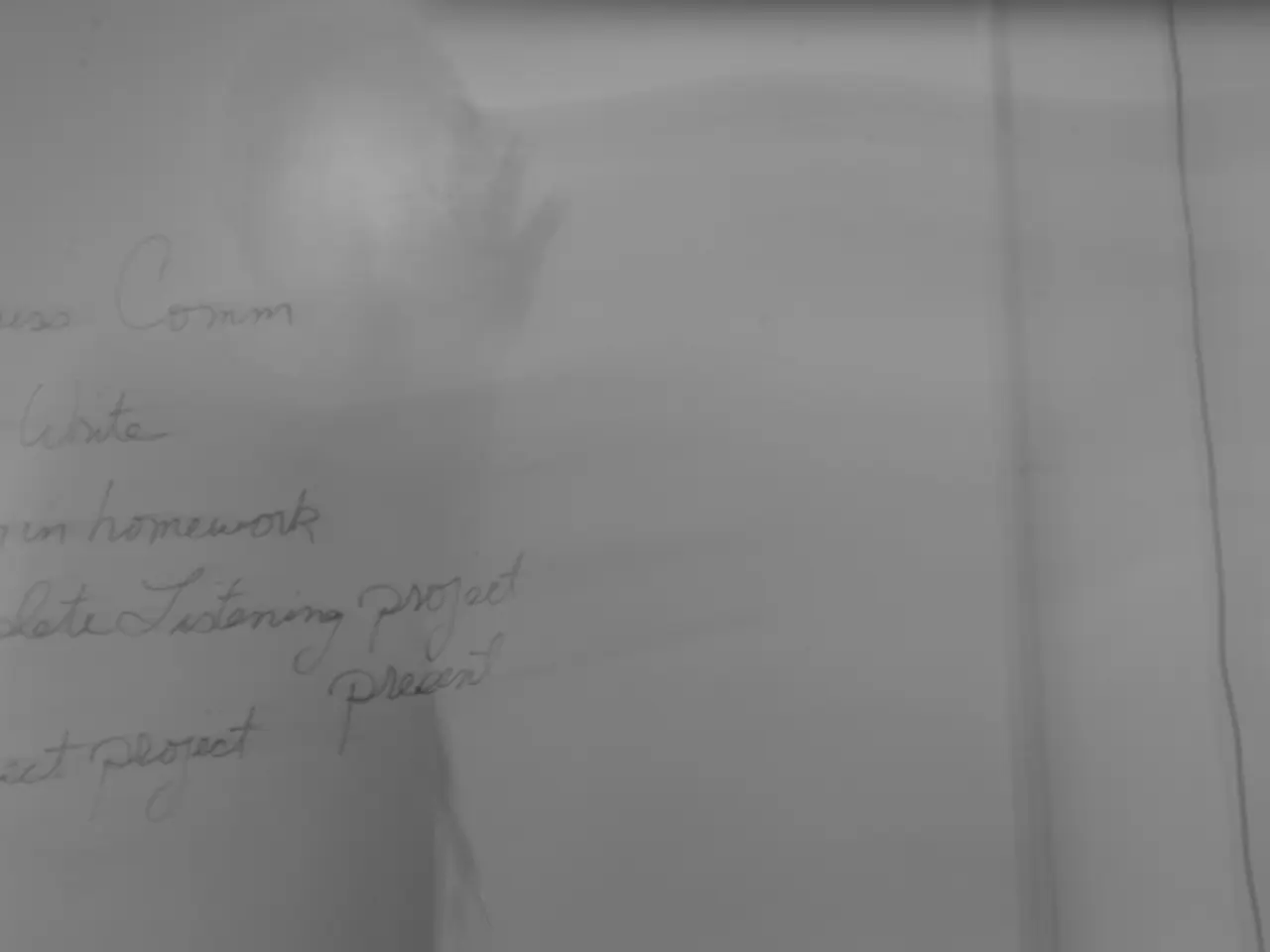Anticipation Mounts: Will Interest Rates on Mortgages Dip to 3% or Even 2% Soon?
High Mortgage Rates Continue to Impact Housing Market
In the current economic climate, higher mortgage rates have led to a slowdown in home sales due to affordability issues and a shortage of inventory on the market. This trend is largely attributed to the persistent economic factors that have kept mortgage rates above 4%, with forecasts predicting they will remain in the mid-6% range through 2025 and into 2026.
The average 30-year U.S. mortgage rate in August 2025 stands at 6.58%. This is a significant increase from the ultra-low rates experienced during the pandemic, which were a response to a specific economic situation and are unlikely to return anytime soon.
Federal Reserve's Role in Rising Rates
The Federal Reserve has played a key role in the rise of mortgage rates. By raising the federal funds rate to fight inflation, the central bank has kept its benchmark rate much higher than pre-pandemic levels, currently around 4.25% to 4.5%. This higher policy rate drives up Treasury yields, which mortgage rates closely follow.
Inflation Remains Elevated
Despite some easing, inflation remains elevated enough for the Fed to maintain a cautious approach, preventing a return to the ultra-low interest environment needed to push mortgage rates near 4%. This persistent inflation has kept mortgage rates high.
Economic Uncertainty and Bond Market Dynamics
Mortgage rates move largely with 10-year Treasury yields, which have stayed high as investors demand higher returns amid economic uncertainty and lingering inflation concerns. Even if economic growth slows, the yields are not expected to fall drastically in the near term.
Strategies for Home Buyers
Given the current mortgage rate landscape, potential buyers may find it challenging to enter the market. However, focusing on what you can control, such as improving your credit score, preparing a larger down payment, and budgeting carefully, can help. Additionally, refinancing to a shorter term or taking cash out can be considered if rates drop in the future.
Alternative Financing Options
In a high mortgage rate environment, strategic real estate investments that offer stability and passive income become important. Home Equity Options like HELOC or Home Equity Loans can be used for repairs to avoid using the current mortgage. Paying for points can potentially reduce your mortgage rate.
First-Time Buyer Programs
For those looking to buy their first home, first-time buyer programs like FHA, VA, and USDA loans can help with down payments and closing costs.
The Lock-in Effect
The "lock-in effect" is another factor to consider. Some homeowners may be hesitant to sell because they have locked in low mortgage rates, making it difficult for new buyers to enter the market.
In conclusion, the current high mortgage rates are a result of persistent economic conditions and policy settings. While rates are expected to gradually decline, they are likely to remain elevated through at least the next year or two. Potential buyers and homeowners should consider the strategies outlined above to navigate this challenging market.
[1] Fannie Mae Economic & Strategic Research
[2] Mortgage Bankers Association Forbearance and Call Volume Survey
[3] National Association of Realtors Housing Affordability Index
[4] CNN Business
[5] Freddie Mac Primary Mortgage Market Survey
- The persistent economic factors have kept mortgage rates above 4%, with forecasts predicting they will remain in the mid-6% range through 2025 and into 2026, affecting the housing market significantly.
- A focus on improving credit score, preparing a larger down payment, and budgeting carefully can help potential buyers navigate the challenging current mortgage rate landscape.
- In a high mortgage rate environment, strategic real estate investments like using Home Equity Options for repairs or paying for points to potentially reduce mortgage rate can provide stability and passive income.
- First-time buyer programs like FHA, VA, and USDA loans can assist those looking to buy their first home with down payments and closing costs.
- The "lock-in effect," where homeowners with low mortgage rates are hesitant to sell, is making it difficult for new buyers to enter the market.
- Understanding the dynamics of the bond market, economic growth, and the role of the Federal Reserve in setting interest rates for mortgage and other financing options is crucial for managing personal finances and making informed investment decisions in the real estate market.




